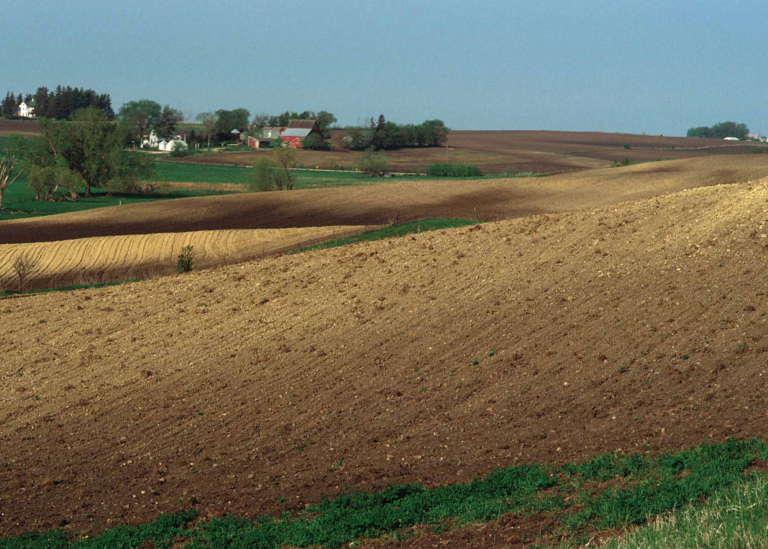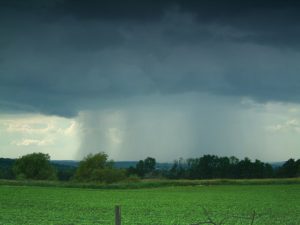Inwood, Iowa — The green pest that’s been destroying ash trees in the U.S. has arrived in our part of northwest Iowa.
According to Iowa State University Extension and Outreach, insect samples were collected from ash trees in rural Inwood. Officials with the U.S. Department of Agriculture Animal and Plant Health and Inspection Service confirmed these samples positive for Emerald Ash Borer (often shortened to EAB). New infestations were also noted in Fremont and Wright counties at the same time.
Iowa Department of Natural Resources Forester Sarah Rueger tells us what EAB is.
(as said) “The emerald ash borer is a beetle that came from Asia on wood products. And so it started spreading from the east coast and has worked its way over to where we are now and that adult beetle will lay eggs in the bark of an ash tree and the eggs will hatch into a larva and the larva is what kills the trees because they will essentially girdle it by eating the cambium layer, which is right underneath the bark and that’s the layer that moves water and nutrients up and down the tree so they literally just cut off the flow of water within the tree.”
We asked her what can be done.
(as said) “The thing with emerald ash borer and really any insect of this nature that is in a non-native range and has unlimited food source, they’re going to keep going until they don’t have the food source anymore. So for as long as we have ash trees were going to have ash borer. And so that being said people that have ash trees in their yard or maybe you’re land owners that have forests that are full of ash trees. It depends on the person. “
She says some people will just wait until the EAB infects their tree or trees and act at that point. But some will take a more proactive approach.
(as said) “They can preemptively act and you know for people in towns, maybe that have an ash tree in their yard that’s really important to them… a special tree… they can treat that with an insecticide. There’s multiple ways to do that. But the most common is by bark injection… trunk injection and that can hold off the ash borer. The the only thing is that it has to be done once every year to two years for as long as ash borer is present in the area and it’s not a hundred percent guarantee that it’ll prevent that tree from getting ash borer.”
But for some people, she says that may not be an option due to cost or other factors.
(as said) “For those people, they can either wait till the tree looks sick or they can start thinking now. Well, you know assuming this tree is going to go what do I want to plant in its place? And I think this is going to be a fantastic opportunity to diversify not only our urban timbers, but you know private landowners’ timbers on their properties as well.”
While Lyon County is the only county in our primary coverage area in which the EAB has been confirmed, Rueger says it’s very likely it is in all of our counties. The EAB has also been confirmed in Cherokee County and just across the Big Sioux River in southeast South Dakota. She says they don’t spread very fast, but they do keep expanding their area.
For more information, you can contact your local extension office or the DNR Forestry division.












